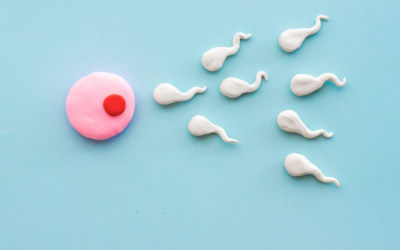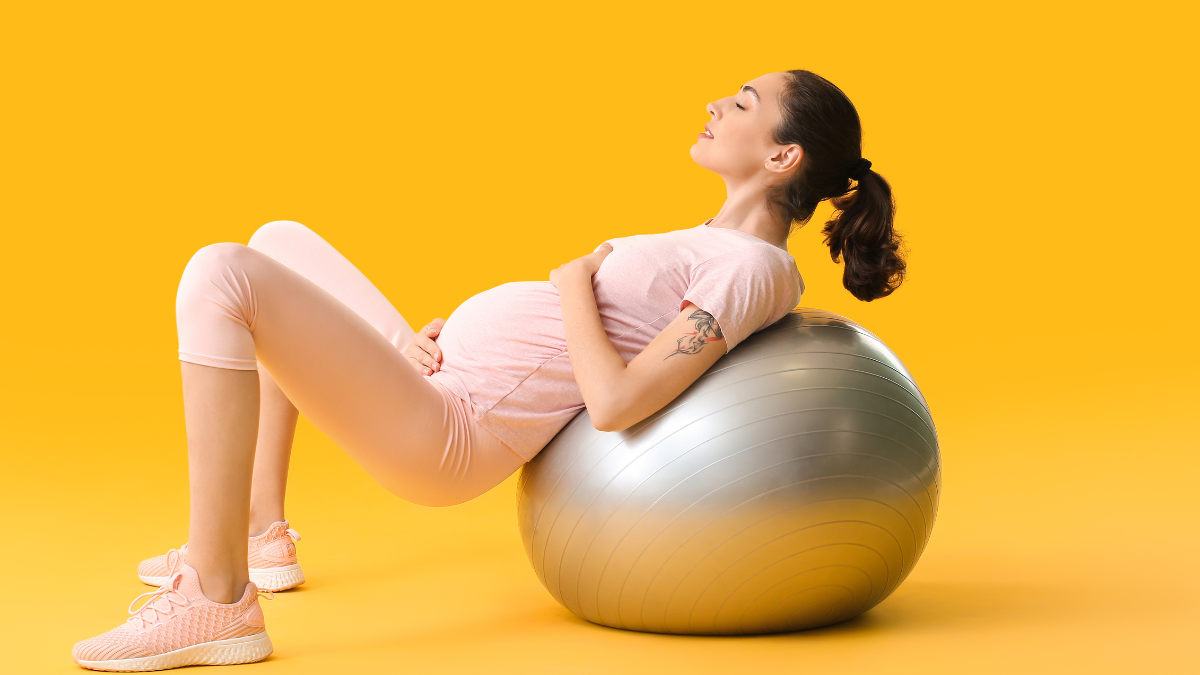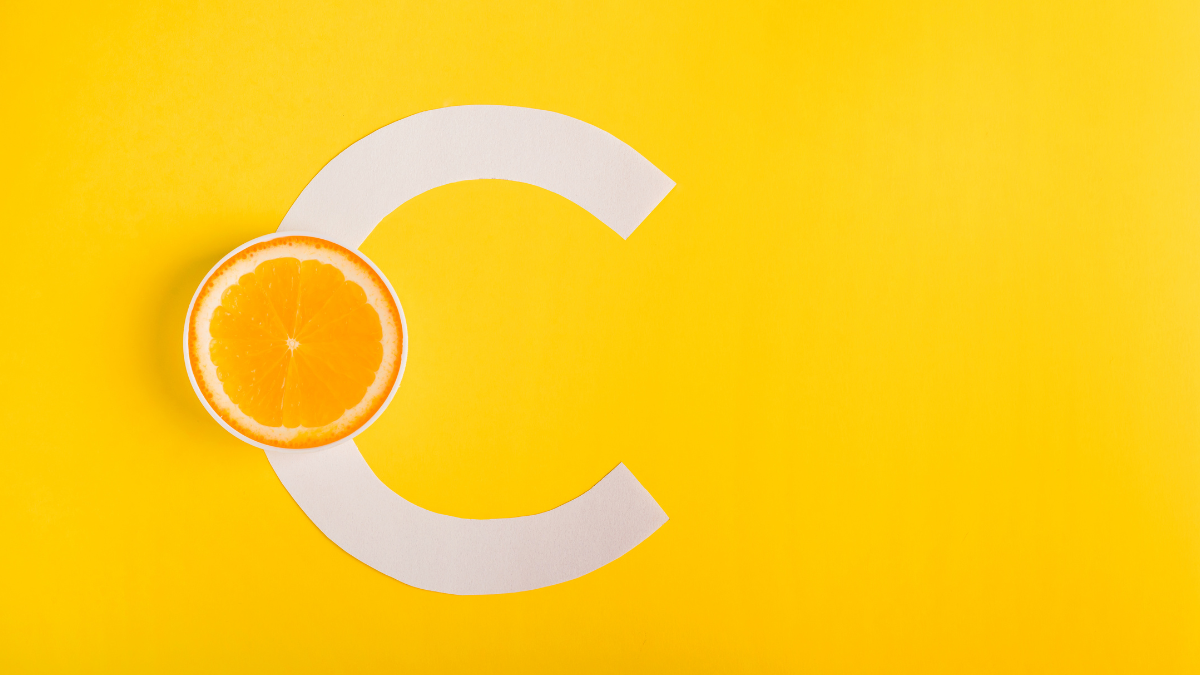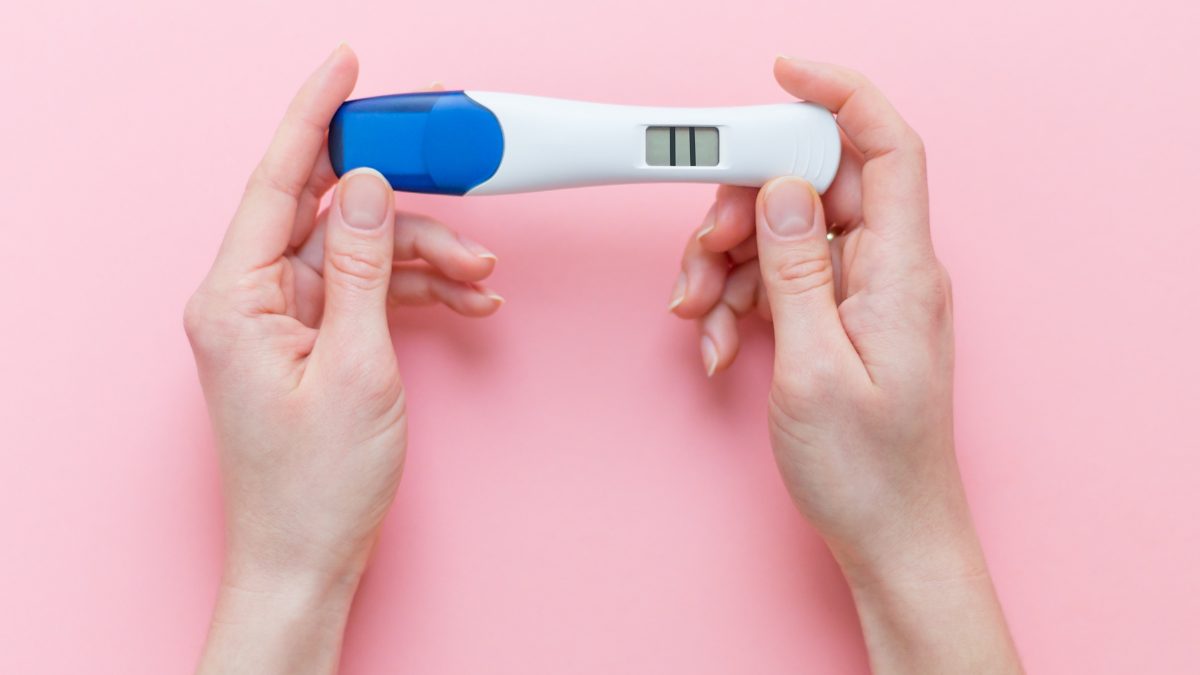Pregnancy is a wonderful journey, but it also brings many physical changes. One of the most important areas affected is the pelvic floor—the group of muscles that support your bladder, uterus, and rectum. These muscles carry extra weight during pregnancy, and without care, they may weaken. That’s why kegel exercises pregnancy routines are so valuable.
Kegel exercises are simple, effective, and safe movements you can do almost anywhere. They strengthen your pelvic floor, reduce discomfort, and prepare your body for labor. Most importantly, they can help you feel more confident and in control during pregnancy.
In this guide, we’ll cover everything about kegel exercises pregnancy—what they are, their benefits, how to do them correctly, when to start, and how to fit them into your daily routine.
Table of Contents
What Are Kegel Exercises?

Kegel exercises are gentle movements that strengthen the pelvic floor muscles. These are the muscles you use to stop the flow of urine midstream or hold in gas. During pregnancy, they support the weight of your growing baby and prepare your body for labor.
When pelvic floor muscles weaken during pregnancy, you may experience:
- Urine leaks when you sneeze, laugh, or cough.
- A heavy feeling in the pelvic area.
- Less support for your uterus and bladder.
Practicing kegel exercises pregnancy regularly strengthens these muscles, making daily life more comfortable and preparing your body for delivery.
Why Are Kegel Exercises Important in Pregnancy?
Pregnancy puts your pelvic floor under constant pressure. Hormonal changes also soften the muscles and ligaments in preparation for birth. This combination makes your pelvic floor more vulnerable.
Here’s why kegel exercises pregnancy are so important:
- Prevent Bladder Leaks – They help reduce embarrassing leaks that often start in the second and third trimesters.
- Support Your Baby Bump – Strong muscles give better support to your uterus as it grows heavier.
- Reduce Discomfort – They may ease the feeling of heaviness in your pelvis.
- Prepare for Delivery – A stronger pelvic floor can make pushing during labor more effective.
- Speed Recovery After Birth – Even though we’re focusing only on pregnancy, it’s good to know that building strength now helps with future recovery.
Think of kegels as a small investment of time that brings big comfort during pregnancy.
When to Start Kegel Exercises During Pregnancy
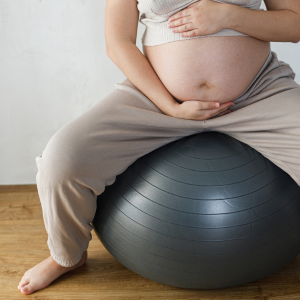
One of the most common questions expecting moms ask is, “When should I start kegel exercises during pregnancy?” The simple answer is—right away. You can begin a kegel exercises pregnancy routine as soon as you find out you’re pregnant, and the earlier you start, the more benefits you’ll enjoy.
Each stage of pregnancy brings its own challenges for your pelvic floor, which is why practicing regularly is so important. Let’s look at how kegels support you in each trimester:
- First Trimester – This is the best time to build a strong foundation. Since your bump is still small, your pelvic floor is not under heavy pressure yet. Starting early helps you strengthen the muscles gradually, making it easier to manage the changes ahead.
- Second Trimester – As your baby grows, your uterus gets heavier and starts pressing more on your bladder and pelvic region. Doing kegel exercises pregnancy routine during this stage helps maintain strength and reduces the risk of urinary leaks.
- Third Trimester – This is when the pelvic floor experiences maximum pressure and strain. Kegels in the final trimester are especially useful to prepare your muscles for labor, pushing, and delivery. They may also help reduce the chances of tearing during childbirth.
Tip: Unless your doctor gives you specific restrictions due to medical conditions or complications, kegel exercises are considered safe in all trimesters. The key is to do them correctly, avoid straining, and practice consistently.
By starting early and continuing through your pregnancy, you’ll give your body the strength and flexibility it needs to support your baby and prepare for birth.
10 Benefits of Kegel Exercises Pregnancy
Kegel exercises may be small and invisible, but their benefits during pregnancy are powerful. Strengthening the pelvic floor not only supports your body as it changes but also makes your pregnancy journey more comfortable and prepares you for birth. Let’s break down the 10 key benefits of kegel exercises pregnancy one by one.
1. Prevents Urinary Leakage
One of the most common pregnancy complaints is leaking urine when sneezing, coughing, laughing, or even exercising lightly. This happens because your growing uterus puts more pressure on the bladder, and hormonal changes soften pelvic tissues. As a result, the muscles that normally control urination may weaken.
By practicing kegel exercises pregnancy routine daily, you strengthen the pelvic floor muscles that act like a sling around the bladder. These stronger muscles help you hold urine better and reduce leakage episodes.
Think of it this way: every time you contract and relax your pelvic floor, you’re training those muscles just like you would train your arms or legs in the gym. Over time, they become stronger and more responsive, which gives you greater control.
💡 Tip: To maximize this benefit, try combining slow holds (5–10 seconds) with quick squeezes (2 seconds). This combination builds both endurance and quick muscle reactions—perfect for preventing leaks during a sudden sneeze or laugh.
2. Supports Your Growing Baby Bump
As your baby grows, the weight on your pelvic floor increases. These muscles act as a hammock, holding up your uterus, bladder, and bowel. If they become weak, you may feel a dragging sensation in your pelvis, especially in the later stages of pregnancy.
Doing kegel exercises pregnancy strengthens this hammock of support. When the pelvic floor is strong, it can handle the extra pressure without discomfort. This support not only keeps you feeling lighter but also reduces the risk of your bladder or uterus sagging downward.
This benefit is especially noticeable in the third trimester when your bump is heaviest. Many women who consistently do kegels report feeling less heaviness and pressure compared to those who don’t.
💡 Tip: Try doing a set of kegels before standing up from sitting. This activates your pelvic floor muscles, giving extra support as you move and reducing pressure on your bump.
3. Reduces Back and Pelvic Pain
Pregnancy hormones loosen your joints and ligaments to prepare for birth. While this is natural, it can make your lower back and pelvis feel unstable, leading to pain or discomfort. A weak pelvic floor makes the problem worse, since it plays a role in stabilizing your core and spine.
Strengthening your pelvic floor through kegel exercises pregnancy helps support your lower back and pelvis. These muscles work together with your deep abdominal muscles, forming part of your body’s “core.” When your core is stable, your posture improves, and pain in the lower back or pelvic region is reduced.
This benefit is especially helpful if you spend long hours sitting or standing during pregnancy, as poor posture in these positions can trigger discomfort.
💡 Tip: Pair kegels with gentle pelvic tilts or breathing exercises. The combination helps train your pelvic floor and core muscles to work together, giving better stability and pain relief.
4. Improves Circulation and Reduces Swelling
Swelling in the ankles, legs, and feet is common during pregnancy because your body produces more blood and fluids to support your baby. Poor circulation in the lower body can make this swelling worse.
By practicing kegel exercises pregnancy, you improve blood flow in the pelvic region. Every contraction and relaxation acts like a mini pump, encouraging circulation and reducing fluid buildup. Over time, this helps reduce swelling and that uncomfortable “heavy legs” feeling many pregnant women experience.
Improved circulation also reduces the risk of hemorrhoids, another common pregnancy issue caused by extra pressure in the pelvic area.
💡 Tip: Do a few sets of kegels while lying on your side with your legs slightly raised. This position encourages better blood flow and gives your pelvic floor a gentle workout at the same time.
5. Makes Daily Activities Easier
As pregnancy progresses, even everyday tasks like walking, bending, or climbing stairs can feel more difficult. This is partly due to weakened pelvic support. A strong pelvic floor, however, gives you more control and stability, making movement easier.
Doing kegel exercises pregnancy regularly strengthens your internal support system. The stronger these muscles are, the more comfortable you’ll feel when carrying groceries, getting up from the couch, or playing with your older child.
Many women also find that consistent kegels reduce the feeling of “everything pulling down” in the pelvis, which often makes activities more tiring.
💡 Tip: Sneak kegels into your daily routine. Do them while walking around the house, waiting in line, or sitting at your desk. This way, you’ll keep your muscles active while also getting through your normal day.
6. Boosts Confidence in Your Body
Pregnancy brings many changes, and it’s easy to feel like your body isn’t under your control anymore. Practicing kegel exercises pregnancy gives you a sense of empowerment. You know you’re actively taking care of your body and strengthening yourself for the months ahead.
Women who make kegels a habit often report feeling more confident about their ability to handle pregnancy challenges. This boost in self-esteem isn’t just emotional—it’s physical too, since you can actually feel your muscles getting stronger over time.
💡 Tip: Track your progress. Notice how long you can hold a squeeze at the start, and check again after a few weeks. Seeing your improvement will motivate you to keep going.
7. Prepares Your Body for Labor
Labor requires endurance, flexibility, and control—all things your pelvic floor contributes to. By doing kegel exercises pregnancy, you build muscle awareness, which may help you during the pushing stage of labor.
A strong yet flexible pelvic floor can make contractions and pushing more effective, potentially reducing the length of labor. While kegels don’t guarantee an easier delivery, they certainly help prepare your body for the challenge.
💡 Tip: Practice both strong holds and complete relaxation. Being able to relax your pelvic floor is just as important as contracting it, since relaxation helps your baby pass through more easily.
8. Lowers the Risk of Pelvic Organ Prolapse
Pelvic organ prolapse happens when organs like the bladder or uterus press downward due to weak pelvic muscles. Pregnancy naturally increases the risk because of the added weight on your pelvic floor.
Doing kegel exercises pregnancy helps keep these muscles strong and supportive, reducing the likelihood of prolapse. Think of it as reinforcing the hammock that holds everything in place.
💡 Tip: If you ever feel heaviness in your vagina or pressure like “something is falling,” talk to your doctor. Keep up with gentle kegels to give your pelvic floor extra protection.
9. Enhances Intimacy During Pregnancy
While intimacy may feel different during pregnancy, many women notice improved comfort and sensation when they practice kegels. Stronger pelvic floor muscles increase circulation, which can enhance sensitivity. They also give you better muscle control, which can make intimacy more satisfying for both partners.
For women who sometimes feel self-conscious about pregnancy changes, this benefit of kegel exercises pregnancy can help restore confidence in intimacy.
💡 Tip: Consistency is key. Even just a few minutes of kegels daily can improve circulation and comfort, making intimacy a more positive experience.
10. Builds Long-Term Health Benefits
Even though the focus is pregnancy, the benefits of kegels last much longer. By starting now, you’re building a strong foundation for future health. Strengthening your pelvic floor during pregnancy reduces your risk of bladder problems, prolapse, and discomfort later in life.
Think of kegel exercises pregnancy as a lifelong gift to your body. The strength you build now will continue supporting you well beyond childbirth, into middle age, and even later years.
💡 Tip: Don’t stop after a few weeks. Keep kegels as a long-term habit, even after pregnancy, to enjoy lasting benefits for your pelvic health.
How to Do Kegel Exercises Pregnancy Step by Step
Doing kegel exercises pregnancy the right way is crucial. While they sound simple, many women unknowingly engage the wrong muscles, which reduces their benefits. Here’s a detailed step-by-step guide to ensure you do them correctly:
1. Find Your Pelvic Floor Muscles
The first step is locating the correct muscles. Imagine you are trying to stop the flow of urine midstream or prevent passing gas—those are your pelvic floor muscles. Once you identify them, avoid using your abdomen, thighs, or buttocks. It should feel like a gentle lift inside, not a big squeeze of surrounding muscles.
2. Get Comfortable
You can do kegels while sitting, standing, or lying down. In early pregnancy, many women prefer lying on their back with knees bent for better focus. As pregnancy progresses and lying flat becomes uncomfortable, sitting upright in a chair or standing with good posture works perfectly.
3. Contract Your Muscles
Gently squeeze and lift your pelvic floor muscles inward and upward, as if holding something inside. Be careful not to strain. The movement should feel controlled, not forced.
4. Hold the Squeeze
Start small—hold for 3 to 5 seconds. As you get stronger, gradually work your way up to 10 seconds. Always keep breathing normally while holding.
5. Release and Rest
Equally important is letting go completely. Relax for the same amount of time as the squeeze before repeating. This balance between contraction and relaxation keeps your muscles flexible.
6. Repeat Regularly
Aim for 10–15 repetitions in one set, three times a day. This steady, consistent practice brings the best results.
Important Tip: Never make a habit of practicing kegels during urination. Doing so regularly can lead to bladder problems. Use it only once to identify the right muscles.
Sample Daily Kegel Routine for Pregnant Women
A kegel exercises pregnancy routine doesn’t need to take much time. In fact, you can complete an effective workout in just a few minutes a day. Here’s a simple schedule:
- Morning (after waking up): Do 10 slow squeezes, holding each for about 5 seconds. This gently wakes up your pelvic floor.
- Afternoon (while sitting at work or resting): Do 10 quick squeezes, holding for 2 seconds and releasing quickly. This builds muscle control.
- Evening (before bed): Do 5–10 slow squeezes while practicing deep breathing to relax your body before sleep.
This balanced approach of slow and quick contractions keeps your muscles strong, flexible, and responsive—exactly what you need during pregnancy.
Common Mistakes to Avoid

Even though kegels are simple, it’s easy to make mistakes. Here are some of the most common errors pregnant women face:
- Holding your breath: Always breathe naturally while squeezing.
- Using the wrong muscles: Avoid tightening your thighs, buttocks, or stomach. The focus must stay only on your pelvic floor.
- Overdoing it: Doing too many in one go can fatigue the muscles instead of strengthening them.
- Inconsistency: Doing them once in a while won’t bring results. Daily practice is key.
Correct technique matters more than the number of squeezes. Slow, steady, and consistent practice gives you lasting benefits.
Tips to Remember Your Kegel Exercises
The biggest challenge with kegel exercises pregnancy is not the difficulty—it’s remembering to do them! Try these tricks to make them part of your daily life:
- Link to routines: Do them while brushing your teeth, waiting at a red light, or cooking.
- Set reminders: Use phone alarms or notes around the house.
- Pair with breathing: Combine deep breathing with kegels for a calming effect.
- Use apps: Some pregnancy exercise apps include pelvic floor reminders and timers.
Turning kegels into a habit ensures you stay consistent, and consistency is what brings results.
Are Kegel Exercises Safe for All Pregnant Women?
For most expecting moms, kegel exercises pregnancy routines are perfectly safe. However, always listen to your body and follow your doctor’s advice. You should be cautious or consult your healthcare provider if:
- You feel pelvic or abdominal pain during the exercise.
- You experience unusual vaginal bleeding.
- You’ve been diagnosed with pregnancy complications such as placenta previa.
- You’re at risk for preterm labor.
In these cases, your doctor may suggest modifications or alternative exercises that are safer for your pregnancy.
Kegel Exercises Pregnancy – Myths and Facts
There’s a lot of misinformation about kegels. Let’s clear up some common myths:
- Myth: Kegels are only for women after birth.
Fact: They are most beneficial when started during pregnancy. - Myth: Doing kegels makes labor harder.
Fact: They actually prepare your pelvic floor to stretch during delivery. - Myth: You don’t need them if you’re young.
Fact: Pregnancy affects the pelvic floor at any age. - Myth: Results appear instantly.
Fact: It usually takes weeks of consistent practice to notice changes.
Benefits Beyond Labor
While the main focus is pregnancy, it’s helpful to know that strengthening your pelvic floor now has lasting benefits:
- Supports posture: A strong pelvic floor reduces back pain and supports your growing belly.
- Eases pregnancy discomforts: Better circulation can reduce swelling in legs and feet.
- Enhances comfort in movement: Daily activities like walking, bending, and climbing stairs become easier.
- Boosts confidence: Knowing your body is strong and supported improves emotional well-being.
By making kegel exercises pregnancy a consistent part of your journey, you’re not only preparing for birth but also ensuring greater comfort throughout pregnancy.
Conclusion
Pregnancy is an incredible journey, and taking care of your body along the way makes all the difference. Kegel exercises pregnancy are simple, safe, and highly effective for strengthening your pelvic floor, supporting your growing bump, reducing discomfort, and preparing your body for labor.
By practicing these exercises consistently, you can enjoy a more comfortable pregnancy, prevent common issues like urinary leaks, and feel empowered knowing your body is strong and resilient. The 10 essential benefits we’ve covered—from improved posture and circulation to enhanced confidence—show just how much a few minutes of daily effort can transform your experience.
Start small, stay consistent, and make kegel exercises pregnancy a natural part of your routine. Your body, your baby, and your confidence will all benefit from this simple but powerful habit. Embrace the strength and support these exercises provide—you deserve a healthy, comfortable, and empowered pregnancy.

